-
 bitcoin
bitcoin $123963.239194 USD
1.37% -
 ethereum
ethereum $4529.082464 USD
1.07% -
 xrp
xrp $2.983640 USD
0.71% -
 tether
tether $1.000287 USD
0.02% -
 bnb
bnb $1179.874393 USD
2.99% -
 solana
solana $230.633678 USD
1.55% -
 usd-coin
usd-coin $0.999835 USD
0.03% -
 dogecoin
dogecoin $0.254240 USD
1.34% -
 tron
tron $0.341176 USD
0.15% -
 cardano
cardano $0.842285 USD
0.52% -
 hyperliquid
hyperliquid $48.537896 USD
-0.86% -
 chainlink
chainlink $21.863092 USD
-0.84% -
 ethena-usde
ethena-usde $0.999743 USD
-0.07% -
 sui
sui $3.579561 USD
-0.18% -
 stellar
stellar $0.403418 USD
2.67%
What Is a 51% Attack?
Governments and large corporations possess the resources to execute 51% attacks, potentially jeopardizing the security and integrity of proof-of-work blockchains.
Dec 16, 2024 at 04:08 pm
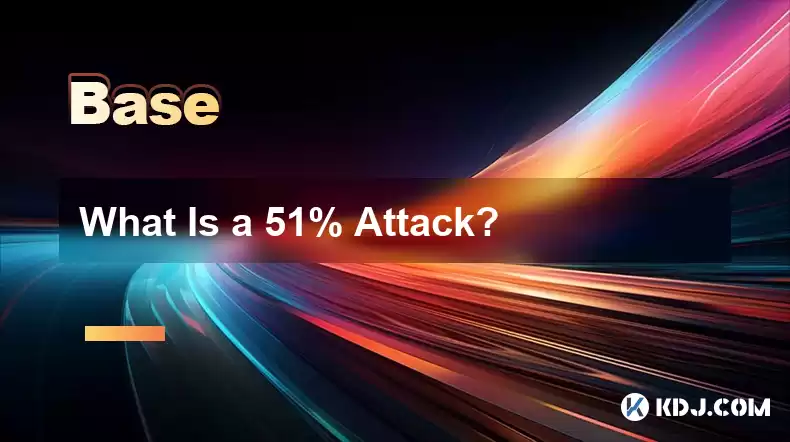
- A 51% attack involves one entity controlling over half of the network's hash rate.
- Such an attack allows the malicious actor to manipulate transactions and block creation.
- Most popular proof-of-work blockchains have security measures to deter 51% attacks.
- Governments and large organizations have the resources to potentially execute 51% attacks.
- Decentralized exchanges (DEX) and stablecoins are particularly vulnerable to such attacks.
A 51% attack occurs when a single entity gains control over more than half of a blockchain network's computational power (hash rate). This allows them to manipulate the blockchain's consensus mechanism, effectively granting them control over transaction processing and block creation.
How Does a 51% Attack Work?- Control the Hash Rate: The attacker acquires a majority of the mining power dedicated to a specific blockchain.
- Manipulate Transactions: The attacker can prevent new transactions from being included in the blockchain or reverse recent transactions.
- Double-Spending: The attacker can potentially double-spend coins by broadcasting a transaction to the network and then using their majority hash rate to create a conflicting block that excludes the original transaction.
- Block Production: The attacker can decide which transactions are included in new blocks and which ones are rejected.
Proof-of-work (PoW) blockchains like Bitcoin and Ethereum are vulnerable to 51% attacks. However, they have security measures in place to deter such attacks.
- Network Difficulty: The difficulty of mining new blocks adjusts based on the hash rate, making it more expensive to accumulate sufficient power for an attack.
- Block Rewards: Networks offer rewards to miners who successfully mine new blocks, incentivizing participants to maintain the network's security.
- Decentralization: Widely distributed mining pools reduce the likelihood of any single entity acquiring 51% of the hash rate.
- Loss of Trust: Users may lose confidence in a blockchain that has experienced a 51% attack.
- Financial Loss: Victims of double-spending can suffer severe financial losses.
- Legal and Regulatory Action: Governments may consider taking action against entities responsible for 51% attacks.
- Governments: Governments with access to advanced computing resources could potentially execute such attacks.
- Large Corporations: Mining pools and other organizations with significant financial resources could also attempt 51% attacks.
Decentralized exchanges (DEXs) and stablecoins that rely on oracles or PoS mechanisms may be particularly vulnerable to 51% attacks. An attacker could manipulate prices or halt trading activities on DEXs by controlling the network's nodes or validators.
FAQsIs it possible to recover from a 51% attack?Yes, it is possible to recover from a 51% attack by implementing protocol upgrades or reorganizing the blockchain. However, it requires a significant effort from network participants and developers.
Can proof-of-stake consensus mechanisms prevent 51% attacks?Proof-of-stake (PoS) mechanisms generally offer greater resistance to 51% attacks compared to PoW. However, PoS networks may still be vulnerable to attacks if the majority of tokens are concentrated in the hands of a few validators.
How can I protect myself from 51% attacks?- Diversify your cryptocurrency portfolio across different blockchains to reduce risk.
- Avoid investing heavily in DEXs or stablecoins that may be vulnerable to 51% attacks.
- Stay informed about potential attacks and any network upgrades or defensive measures.
Disclaimer:info@kdj.com
The information provided is not trading advice. kdj.com does not assume any responsibility for any investments made based on the information provided in this article. Cryptocurrencies are highly volatile and it is highly recommended that you invest with caution after thorough research!
If you believe that the content used on this website infringes your copyright, please contact us immediately (info@kdj.com) and we will delete it promptly.
- BlockDAG, DOGE, HYPE Sponsorship: Crypto Trends Shaping 2025
- 2025-10-01 00:25:13
- Deutsche Börse and Circle: A StableCoin Adoption Powerhouse in Europe
- 2025-10-01 00:25:13
- BlockDAG's Presale Buzz: Is It the Crypto to Watch in October 2025?
- 2025-10-01 00:30:13
- Bitcoin, Crypto, and IQ: When Genius Meets Digital Gold?
- 2025-10-01 00:30:13
- Stablecoins, American Innovation, and Wallet Tokens: The Next Frontier
- 2025-10-01 00:35:12
- NBU, Coins, and Crypto in Ukraine: A New Yorker's Take
- 2025-10-01 00:45:14
Related knowledge

How does cryptocurrency achieve decentralization?
Sep 30,2025 at 04:37am
Understanding the Foundation of Decentralization in Cryptocurrency1. Cryptocurrency achieves decentralization primarily through the use of blockchain ...
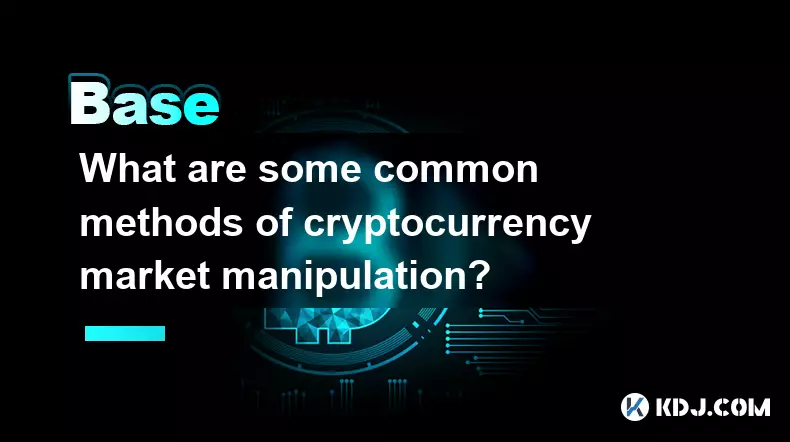
What are some common methods of cryptocurrency market manipulation?
Sep 27,2025 at 02:55am
Wash Trading and Its Impact on Market Perception1. Wash trading involves an individual or entity simultaneously buying and selling the same cryptocurr...
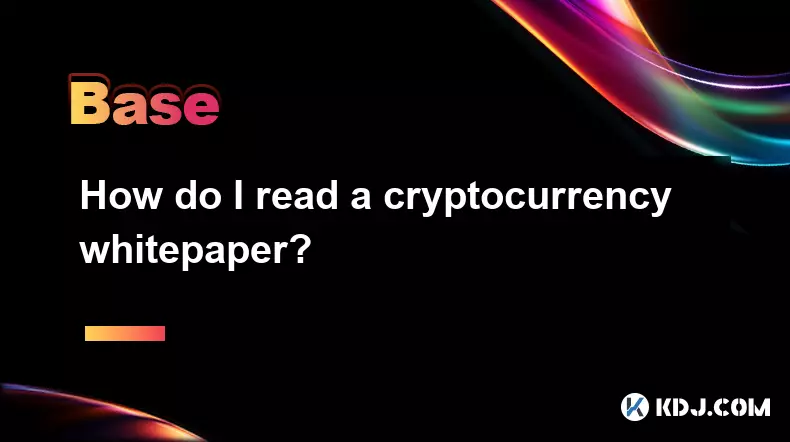
How do I read a cryptocurrency whitepaper?
Sep 27,2025 at 05:54am
Understanding the Structure of a Cryptocurrency Whitepaper1. Begin by identifying the executive summary, which outlines the project’s core vision and ...
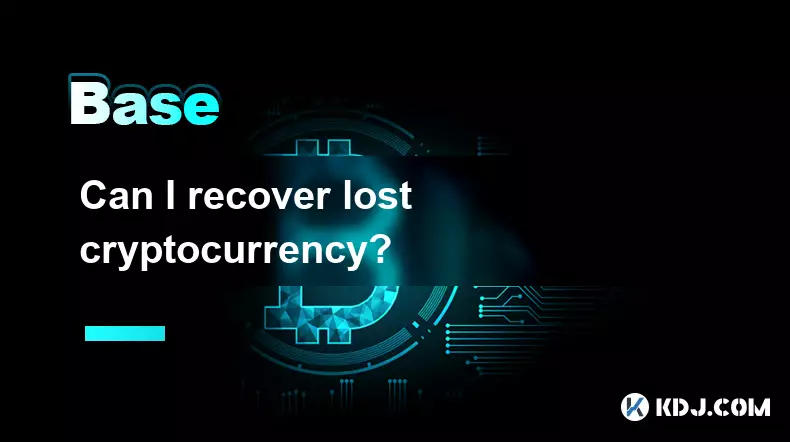
Can I recover lost cryptocurrency?
Sep 25,2025 at 08:18am
Understanding the Nature of Cryptocurrency Loss1. Cryptocurrency operates on decentralized networks, meaning there is no central authority to reverse ...
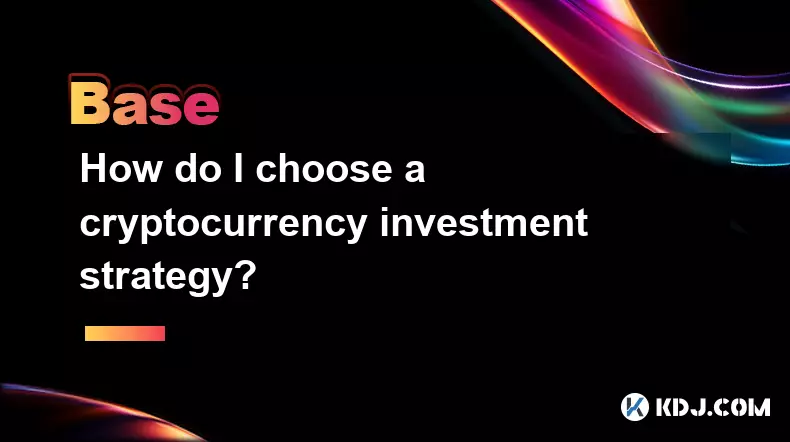
How do I choose a cryptocurrency investment strategy?
Sep 27,2025 at 03:55pm
Understanding Risk Tolerance in Crypto Investing1. Assessing personal risk tolerance is a foundational step when entering the cryptocurrency market. V...

How can I earn passive income from cryptocurrency?
Sep 23,2025 at 10:18am
Staking Cryptocurrencies for Regular Returns1. Many blockchain networks operate on a proof-of-stake (PoS) consensus mechanism, allowing users to earn ...

How does cryptocurrency achieve decentralization?
Sep 30,2025 at 04:37am
Understanding the Foundation of Decentralization in Cryptocurrency1. Cryptocurrency achieves decentralization primarily through the use of blockchain ...

What are some common methods of cryptocurrency market manipulation?
Sep 27,2025 at 02:55am
Wash Trading and Its Impact on Market Perception1. Wash trading involves an individual or entity simultaneously buying and selling the same cryptocurr...

How do I read a cryptocurrency whitepaper?
Sep 27,2025 at 05:54am
Understanding the Structure of a Cryptocurrency Whitepaper1. Begin by identifying the executive summary, which outlines the project’s core vision and ...

Can I recover lost cryptocurrency?
Sep 25,2025 at 08:18am
Understanding the Nature of Cryptocurrency Loss1. Cryptocurrency operates on decentralized networks, meaning there is no central authority to reverse ...

How do I choose a cryptocurrency investment strategy?
Sep 27,2025 at 03:55pm
Understanding Risk Tolerance in Crypto Investing1. Assessing personal risk tolerance is a foundational step when entering the cryptocurrency market. V...

How can I earn passive income from cryptocurrency?
Sep 23,2025 at 10:18am
Staking Cryptocurrencies for Regular Returns1. Many blockchain networks operate on a proof-of-stake (PoS) consensus mechanism, allowing users to earn ...
See all articles










































































